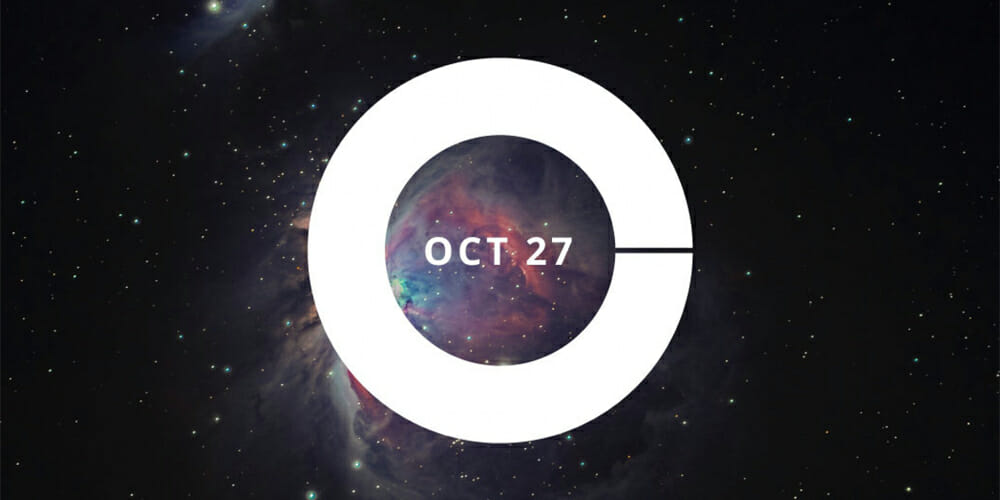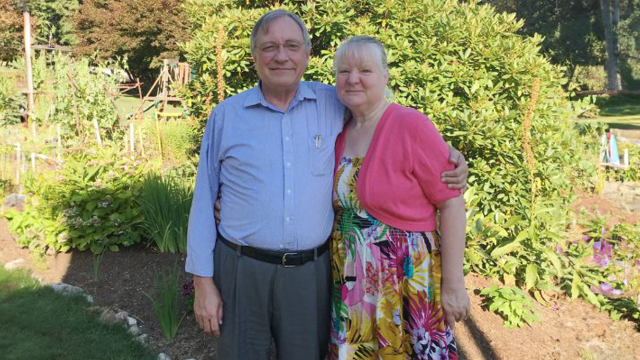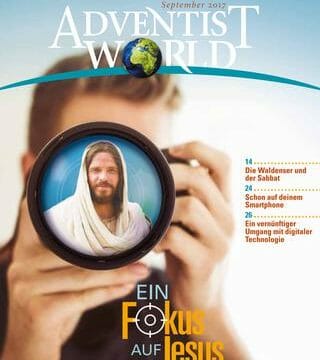Adventist Church departments and regions join efforts for a yearly celebration of the earth’s creation.

Once every seven days, an estimated 25 to 30 million members and guests of the Seventh-day Adventist Church gather for weekly worship.
The assemblies take place on the day referred to as the Sabbath in the Bible — the seventh day of the week. We learn the reason for this in Exodus 20 and verse 11: “For in six days the Lord made the heavens and the earth, the sea, and all that is in them, and rested the seventh day. Therefore, the Lord blessed the Sabbath day and hallowed it” (NKJV).
So, if the weekly observance of the Sabbath is prescribed as a memorial of Creation week, why will Adventists around the world mark a specific “Creation Sabbath” on October 27 this year?
The answer can be found in Nikolaus Satelmajer’s proposal, in 2009, of an event to respond to the 150th anniversary celebrations of the publication of Charles Darwin’s book, On the Origin of Species. Satelmajer was an associate secretary of the Church’s General Conference Ministerial Association at the time. Since the time of his recommendation, Creation Sabbath has become an annual observance, part of the world church’s yearly calendar of official events.
“While we as Christians rest and remember every Sabbath, Creation Sabbath is a special opportunity to reach out into our communities,” said Timothy G. Standish, research scientist at the church’s Geoscience Research Institute (GRI) in Loma Linda, California, United States. The special day is “an opportunity for us to stop struggling, stop arguing [about origins], and start rejoicing in what God has done for us.”
Standish, who now leads the Creation Sabbath initiative for GRI, says the special day allows believers to refocus on what is behind every weekly Sabbath.
“Yes, every Sabbath is a ‘creation Sabbath,’ that’s what God gave it to us for, but as human beings, it’s very easy [for us] to become distracted by other things,” he said. “This is a way to refocus as a church, to remind ourselves why we have a Sabbath, [and] our Creator has set aside time for us to be together.”
Globally, the question of belief in evolution remains controversial, creating a missional opportunity for Seventh-day Adventists. In 2014, the Pew Research Center, an independent organization based in Washington, D.C., noted that in Latin America, majorities in Nicaragua and the Dominican Republic reject evolution, while “solid majorities” in Uruguay, Argentina, Chile, and Brazil support it. In 2017 Pew reported on a divide in the Muslim world, with some countries favoring evolution while “majorities of Muslims in countries such as Afghanistan, Indonesia, and Iraq reject evolution.”
Pew researchers said in the same 2017 report that while 57 percent of evangelical Christians polled said they reject evolution, Seventh-day Adventists outpace that number — a total of 67 percent of those responding to a Pew survey and identifying as Adventist say they “reject the idea that human beings evolved over time.” Only 30 percent of “mainline” Protestants, 29 percent of Roman Catholics and 16 percent of Jews responded in the same way, Pew reported.
According to Standish, Creation Sabbath offers an evangelistic opportunity: “Creation Sabbath is an opportunity to reach out into our communities. We are put here to share the everlasting gospel, which in Revelation 14:6-7 says at its core, ‘worship Him who made heaven and earth, the sea and springs of water.’ And we’re instructed to preach this ‘to every nation, kindred, tongue and people.’”
Standish asserts that one way people can present the argument for the Bible’s view of origins is to focus on the beauty in the world.
“Charles Darwin talked about how he lost the ability to appreciate the beauty of art, poetry, and nature itself” because of his evolutionary research, Standish said. “While Darwin obsessed about the cruel inefficiencies of nature, the suffering that exists in nature, we can understand that and know that’s not how it’s supposed to be, that’s not how God made it.… We can look forward to the new Creation in which the beauty is restored, and we can look forward to it with eager anticipation.”
Observed Around the World
During its nine years of existence, Creation Sabbath’s popularity has grown. In 2017, the West-Central Africa Division embraced the event, according to Oluwole A. Oyedeji, a GRI committee member who also works for Nigeria’s Geological Survey Agency.
Oyedeji said that while earlier observances had been sporadic in West Africa, the 2017 effort produced results across Nigeria and in other countries in the church region. “More than 10,000 persons were reached” with the Creation Sabbath observance, he reported.
“Dedicated videos, materials, and sermons were downloaded and used on this day in the various churches,” Oyedeji reported. “The supremacy of God in creation and the processes shaping the earth and our lives was uplifted. The speakers also used the natural environment in the various vicinities such as the atmosphere, the hills, valleys, rivers, waterfalls, animals, birds, ants, and other natural phenomena as examples.”
Across the Atlantic Ocean from Nigeria, on the island of Puerto Rico, Seventh-day Adventists in Mayaguez, the American territory’s “second city,” had literally been in the eye of the storm — in this case, 2017’s Hurricane Maria — weeks before the celebration. According to Adventist pastor Marco Terreros, who also serves as academic vice-president of the Inter-American Adventist Theological Seminary, this meant a change in location for the Creation Sabbath observance, to the Mayaguez Uno Church’s parking lot.
“Even though the church’s solid brick structure was not damaged” by the hurricane, Terreros explained, “like every other building it was affected by the loss of electric power, which meant no lights or air conditioning — a serious setback given the high temperatures common to the island.”
But the lack of indoor accommodations did not deter worshippers: “In spite of it all, it was important to hold a Creation Sabbath service because it was understood that it was the Creator who had not only saved the lives of His children but had continued to provide them with a grander light, that of a sunny day on which to worship Him,” Terreros said.
Church members, he added, didn’t complain about the discomforts caused by the lack of electricity, but rather were grateful for being alive and healthy.
“The most notable natural feature in the church’s parking lot/yard where the worship service was held was the huge mango tree that was there, well preserved and shading most of the more than one hundred members in attendance that day; they gathered under its fresh shade and praised the Creator for this provision, so needed at a time such as this,” Terreros said.
As the 2018 observance of Creation Sabbath approaches, Standish pointed to the numerous resources available online, which include videos, Scripture readings, sermon manuscripts, children’s stories, hymn suggestions, and responsive readings. All can be downloaded free of charge and used by congregations and individuals.
Standish emphasized a positive approach to presenting the Creation message.
“Every time I go to a church, people want an apologetics argument against Darwinism and for Creationism,” he said. “What people want is slam-dunk, up-and-down arguments. It’s not that there is no value in that apologetics approach, but there are also times when it’s OK simply to believe. We don’t have to argue all the time.”
He added, “We don’t have every answer, but we do have extraordinarily good answers to the really fundamental questions. It’s not just about arguing, it’s about living our lives while embracing the biblical worldview, which is so beautiful and wonderful, that it’s important to intentionally set aside the time for it. That is what our Creator set aside the Sabbath hours for.”








